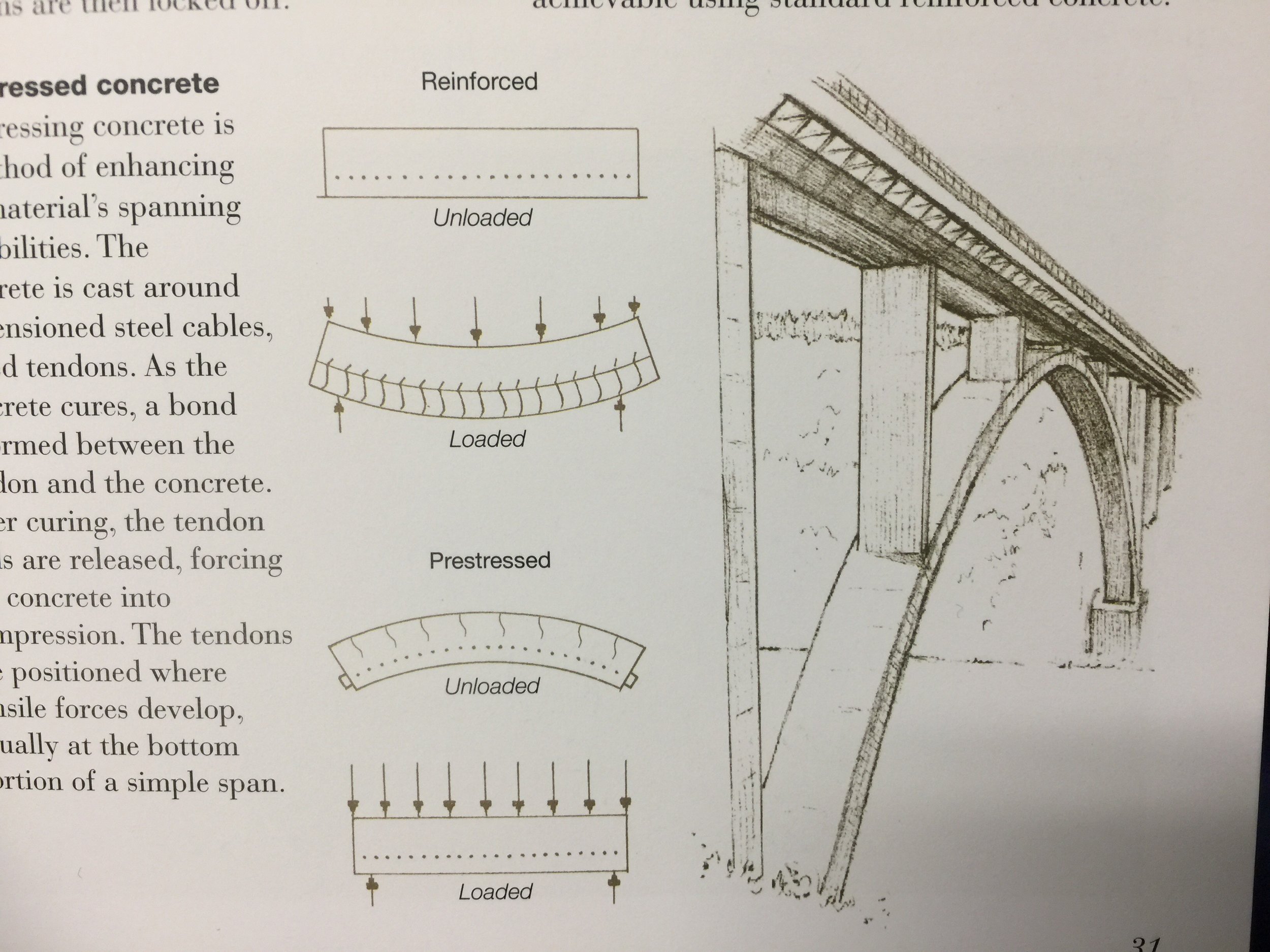One of the main reasons I picked this year to study architecture is because of the City of Bridges: Pittsburgh. While most cities around the globe have them, Pittsburgh has the most at over 400! With this book I wanted to, as the title says, understand more about these amazing structure.
But I can't lie, even though it doesn't have too much "architecture jargon," this book is quite dry. Short, but dry. While there were plenty of cool tidbits, one made me look at bridges in an entirely different light.




